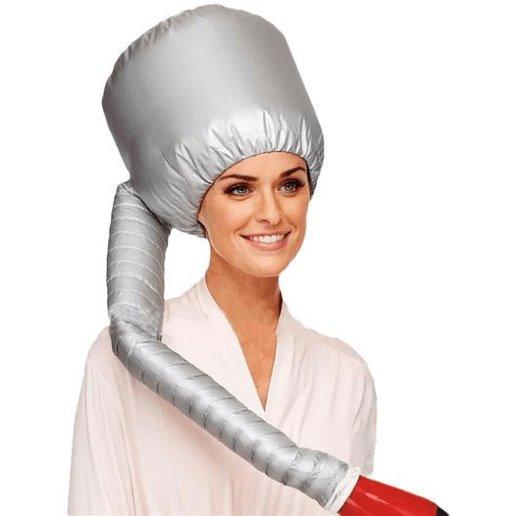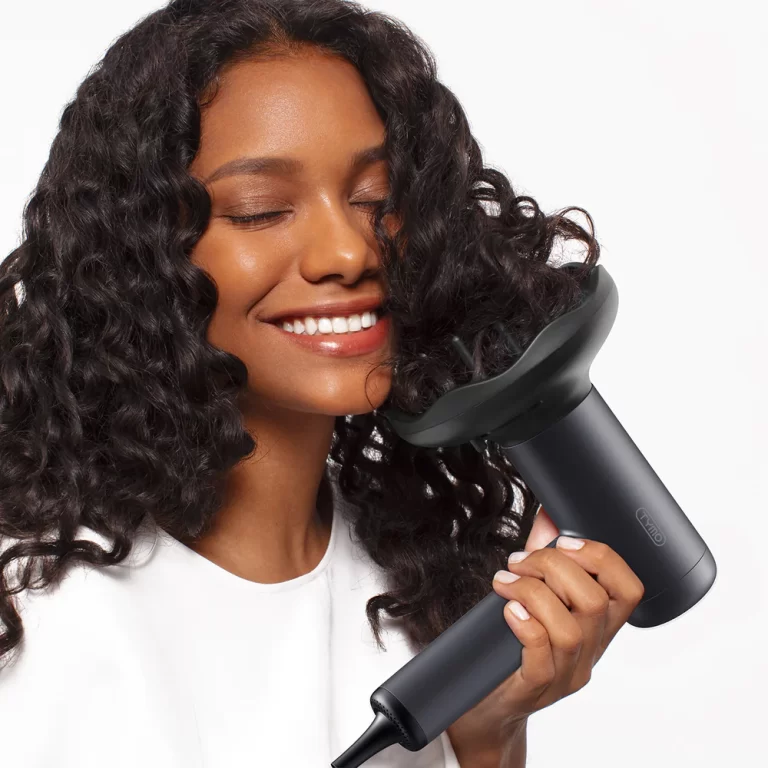
Heat Gun vs Hair Dryer
Heat Gun vs Hair Dryer: Which Tool Reigns Supreme for the Task at Hand?
In the world of versatile tools, heat guns and hair dryers might seem like distant relatives, both capable of producing a stream of hot air. However, their intended purposes, capabilities, and safety requirements couldn’t be more distinct. Heat Gun vs Hair Dryer:This blog post aims to delve into the nuances of each tool, highlighting their unique features and applications, so that you can make informed decisions on which one to wield for your next project or daily grooming routine.
:max_bytes(150000):strip_icc()/how-to-diffuser-4-a52de995ccb44bb18884bbca830666b2.jpg)
Understanding Heat Guns
Heat Gun vs Hair Dryer:Heat guns are power tools designed to generate high-temperature airflow, typically ranging from around 100°C to over 600°C, depending on the model. Their robust construction comprises a heating element and a fan, working in tandem to deliver intense, focused heat. This dynamic duo is instrumental in an array of tasks, such as stripping paint, loosening adhesives, shrink-wrapping, thawing pipes, and even aiding in electronics repair by melting solder.
1. Diverse Applications
A heat gun is an incredibly versatile tool, actively offering a wide array of uses for professionals and DIY enthusiasts alike. It excels in stripping paint, loosening adhesives, shrinking wrap, drying damp wood, bending or welding plastics, thawing frozen pipes, and even removing labels or stickers with ease.
2. Intense Heat Output
Unlike hair dryers, heat guns generate significantly higher temperatures, typically ranging from 120°C to 600°C, which can be adjusted to suit specific tasks. This powerful heating capability allows it to quickly and efficiently soften materials that would prove resistant to milder sources of heat.
3. Precision Control
Many heat guns come equipped with variable temperature settings and air flow control features, empowering users to actively tailor the heat output to the material they’re working on. This ensures delicate tasks are handled without overheating or damaging the substrate.
4. Time-Saving Efficiency
The concentrated heat stream from a heat gun accelerates processes like drying, melting, or softening, dramatically reducing project completion times compared to traditional methods. Its focused heat application makes quick work of stubborn substances that might take hours to address otherwise.
5. Professional Results
For tasks such as shrink wrapping, heat guns provide uniform heat distribution that leads to professional-grade outcomes. They ensure tight seals and secure bonds that aren’t always achievable with less intense heat sources.
6. Durability and Safety
Built to withstand high temperatures and frequent use, heat guns often feature heavy-duty casings and cool-touch exteriors for user safety. Additionally, some models include safety features like automatic shut-off to prevent overheating and accidental fires.
7. Versatile Attachments
With interchangeable nozzles and concentrators, a heat gun can adapt to various shapes and angles, allowing for precision work in tight corners or broad surfaces. These attachments help direct heat more accurately, minimizing unintended damage and maximizing effectiveness.
In summary, the heat gun’s active role in numerous projects stems from its power, versatility, and ability to deliver controlled, precise heat. Whether you’re tackling industrial-strength tasks or home improvement projects, this tool proves indispensable for those seeking fast, reliable results across a multitude of applications.
Understanding Hair Dryers
On the other hand, hair dryers are everyday appliances crafted with user comfort and safety in mind. They sport adjustable temperature settings and various speed modes, including a cool shot button to set hairstyles. The heat output is much gentler, usually ranging between 60°C to 80°C, making them ideal for drying and styling hair without causing damage. Beyond their primary use, hair dryers also prove handy for defrosting delicate items or speeding up the drying process of non-electronic household items.
The Differences Between Heat Guns and Hair Dryers
When it comes to intended purposes, the distinction between the two becomes crystal clear. Heat guns are geared towards professional and DIY projects, offering industrial strength heat for heavy-duty tasks. Conversely, hair dryers are designed primarily for personal grooming but can be creatively used for light household chores.
Temperature and heat distribution play a pivotal role in distinguishing these tools. Heat guns produce a concentrated blast of scorching air, allowing for rapid and powerful results in tasks that require intense heat. In contrast, hair dryers distribute heat evenly and gently, ensuring a controlled drying process that’s safe for hair and other sensitive materials.
Safety considerations are paramount when using either device. Operating a heat gun demands extra precautions – protective gear like gloves and goggles, and proper ventilation to avoid fumes and fire hazards. On the flip side, hair dryer safety revolves around avoiding overheating hair (which can lead to damage), maintaining a safe distance from the scalp, and adhering to electrical safety guidelines.
When to Use a Heat Gun
Heat guns shine brightest in the realm of home improvement and professional contexts. For instance, they excel in removing stubborn paint layers, softening hardened adhesives for easy removal, or efficiently shrinking wrapping films around objects. Additionally, they come into play for tasks that necessitate precise control over heat application, such as bending and forming plastics or metals.
When to Use a Hair Dryer
Hair dryers serve their primary purpose in hair care and styling, providing a quick and convenient way to dry hair after washing. They’re also adaptable for domestic uses like thawing out frosty locks or frozen food items gently. It’s essential to remember that hair dryers should never be substituted for heat guns in tasks demanding extreme temperatures, as this could pose risks to both the user and the item being heated.
Can You Substitute One for the Other?
While there may be occasional situations where a hair dryer can act as a makeshift heat source in a pinch, it’s crucial to recognize its limitations. Using a hair dryer for tasks meant for a heat gun can lead to inefficiency, potential damage to materials, or even injury due to insufficient heat levels. Similarly, attempting to style hair with a heat gun would be disastrous, as the excessive heat would cause immediate and severe hair damage.
Conclusion
Summing up, while heat guns and hair dryers share the commonality of emitting hot air, their functions, strengths, and appropriate uses diverge significantly. Understanding these differences is key to utilizing each tool effectively and safely. Whether you’re tackling a home renovation project or preparing for a night out, always reach for the right tool tailored to the specific job at hand. By doing so, you’ll not only achieve optimal results but also safeguard against any unnecessary accidents or damages.

:max_bytes(150000):strip_icc()/072722-best-hair-dryers-curly-hair-lead-2000-b5202077152a4f3aba3cafeda7bc8d5e.jpg)


